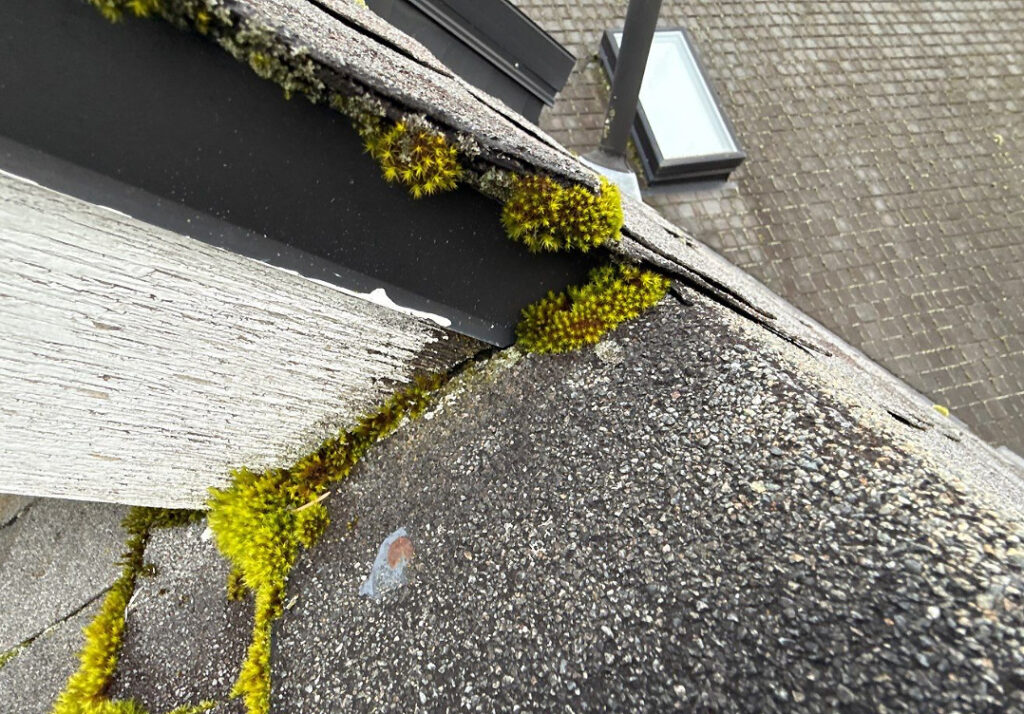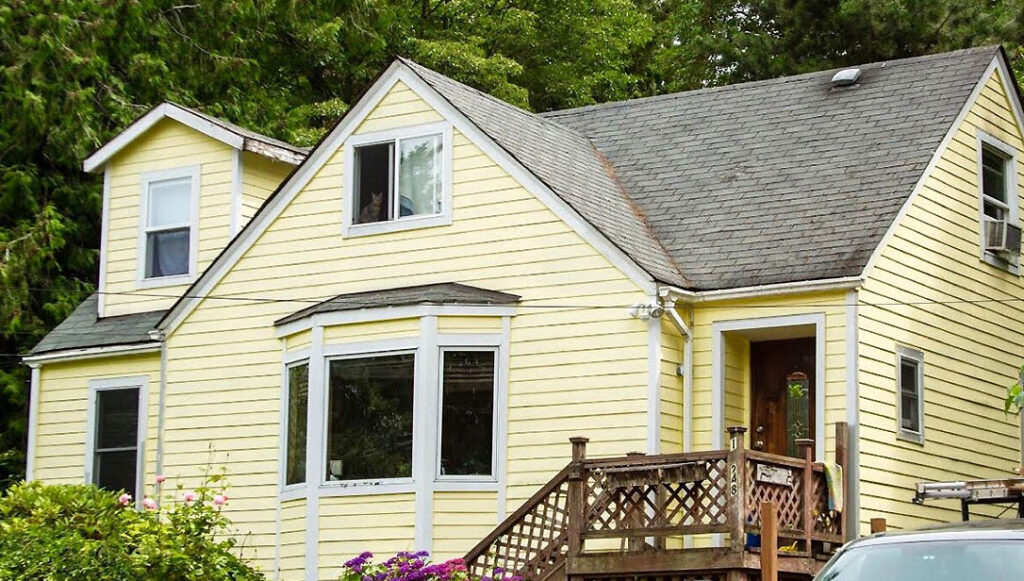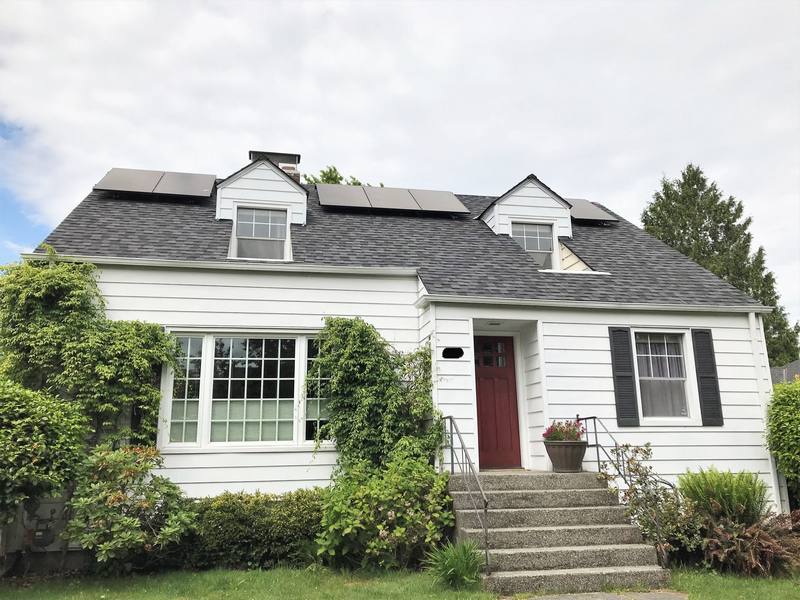Your roof is the first defense of your property against weather conditions. Whether from rain, snow, strong winds, or excessive heat from the sun, your roof protects you. Keeping it in good condition is very important. A roof does not last forever, and at a certain point, you need to repair or replace it.
Neglecting necessary maintenance for your roof might cost you a lot, and it will lead to more serious problems in the long run. But how do you know when the best time is to replace your roof?
Here are five signs you need to be aware of:
Aging
Asphalt shingles are the most common roofing material in Washington. While they typically last around 15 to 30 years, the wet climate often leads to moss growth, which can shorten their lifespan. If your roof is approaching 20 years old, an inspection from experienced roof contractors is highly recommended, even if it appears to be in good condition. Older roofs are generally more vulnerable to extreme weather conditions. Here are other roofing options and their usual lifespans:- Standard asphalt shingles: Around 30 years
- Premium asphalt shingles: 20 to 40 years
- Metal roofs: Up to 80 years, depending on weather conditions
Visible Damage
Always check for visible damage on your roof. Here’s a checklist to get you started: Shingles:- Missing shingles: It exposes the underlayment to direct weather conditions, which leads to leaks and further damage.
- Cracked shingles: Cracks can allow water to pass through, especially with freeze-thaw cycles common in Washington during winter.
- Granule loss: Granules protect the shingle. Check your gutters and downspouts, but also look for bare patches on the shingles. This is particularly important after a storm, as hail can knock granules loose.
- Clogged gutters and downspouts: These can lead to water overflow and damage to home foundations.
- Blocked vents: Make sure that roof vents are clear of debris and in good condition. Proper ventilation is crucial in Washington’s damp climate to prevent moisture buildup in your attic.
- Chimney cracks: Look for cracks, loose bricks, or damage to the cap.
- Sagging ceilings: This is serious damage that needs immediate repair.
Leaks
Due to the damp weather, leaks in your roof must be taken seriously. Here’s what to consider about roof leaks:- Visible water stains: Water stains on your walls and ceilings are a clear sign of leaks.
- Damp smells: Even if you don’t see visible stains, a musty odor in your attic or upper floors indicates a hidden leak.
- Active dripping: In severe cases, water dripping from your ceiling requires immediate action to prevent further damage.



